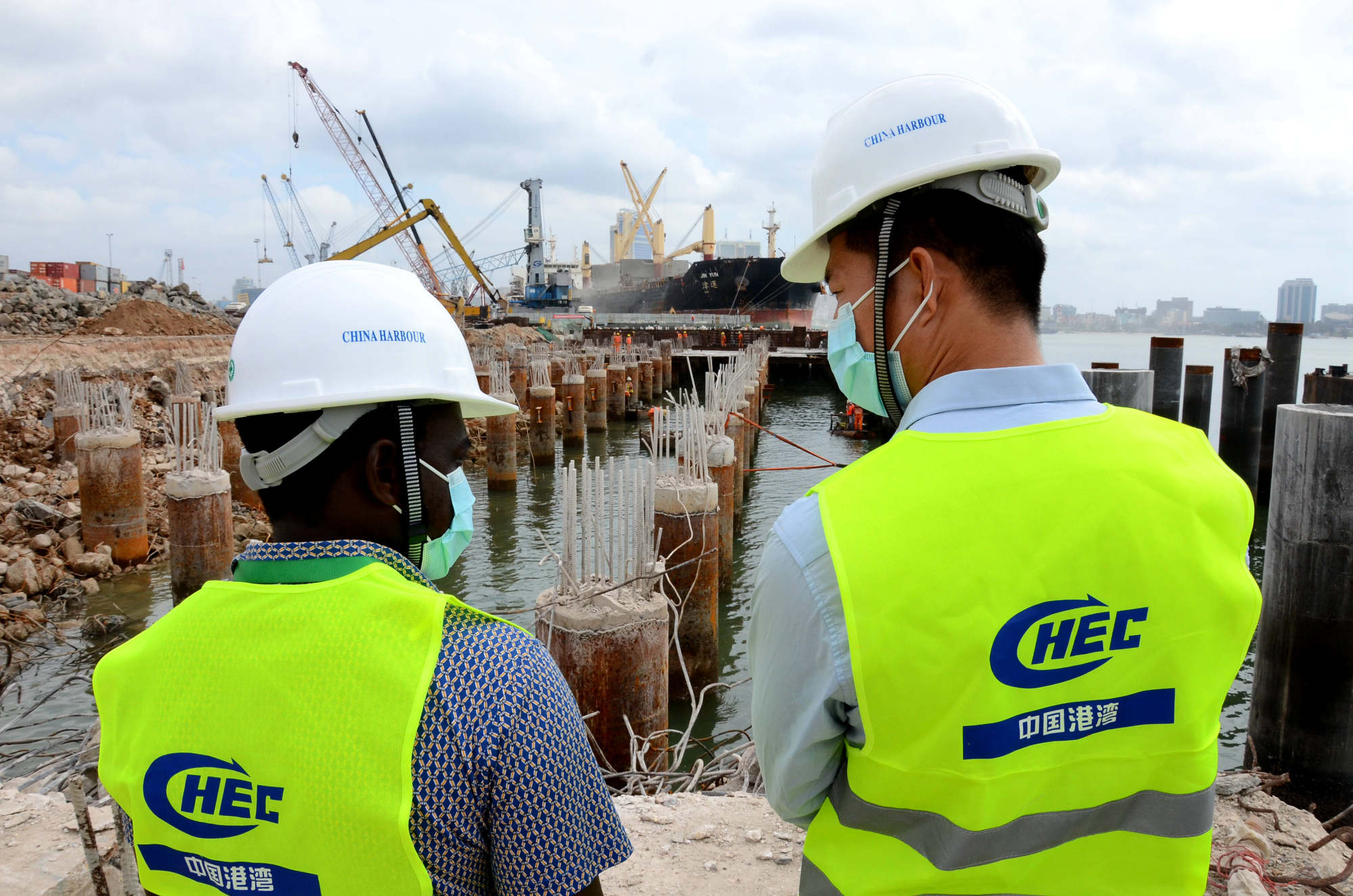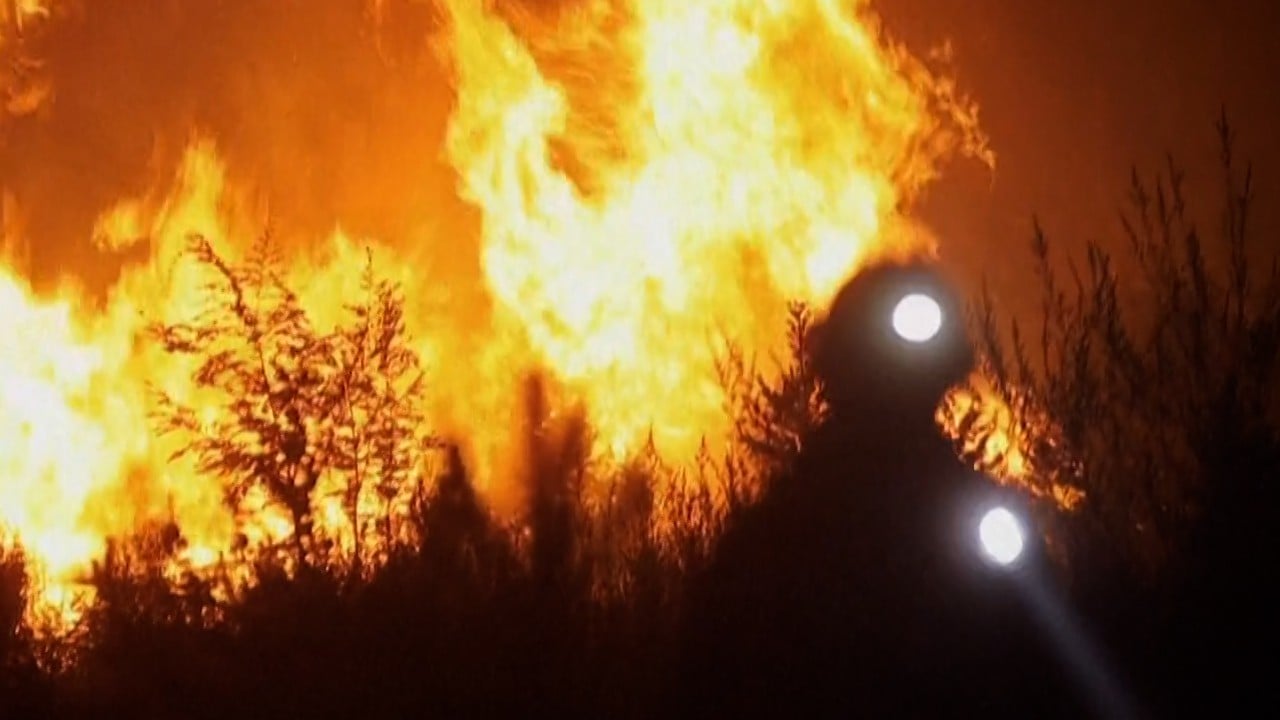Observers expect the upward trend for Chinese investments in Africa to continue, though they say they will not reach the same levels that were seen a decade ago.
Major players in this transition are the electric vehicle, battery and renewable energy industries, referred to as the “New Three” by the report’s author Professor Christoph Nedopil Wang, a director at Griffith Asia Institute.
As well as leading the charge for vital minerals, Chinese companies have also won construction deals in energy, railways, roads and real estate in various African countries.
‘Clear need’ for China’s Belt and Road Initiative funding to go green in 2024
‘Clear need’ for China’s Belt and Road Initiative funding to go green in 2024
The Chinese companies will build the 506km line connecting the towns of Tabora in the mid-west of the country with Kigoma, on Lake Tanganyika near the Burundi and DRC borders. In 2021, the two Chinese entities were also appointed to construct the fifth phase of the SGR line, about 250km long, connecting the town of Isaka with Mwanza, the second-largest city in Tanzania.
Nedopil Wang, who is also a director at Green Finance & Development Centre, said the top destinations for investment and construction engagement were Tanzania, the DRC, Nigeria, Botswana, Algeria, Zimbabwe and Ethiopia.
Chinese firm JCHX Mining, China Molybdenum, which is China’s largest producer of molybdenum, used to make alloys, and Contemporary Amperex Tech, the world’s largest battery producer, last year announced plans to invest more than US$4 billion in the DRC, according to China Global Investment Tracker data.

In Algeria, too, Chinese companies, including State Construction Engineering, China National Petroleum Corp and China Communications Construction won construction projects worth US$1.2 billion last year.
“This provides great opportunities for mining and minerals processing deals, technology deals such as electric vehicle manufacturing, battery manufacturing and green energy,” Nedopil Wang said.
What’s more, he said, continuing post-Covid investments by global banks, including development finance institutions such as the World Bank, Asian Development Bank and AIIB, will provide infrastructure opportunities for Chinese contractors.
Yun Sun, co-director of the East Asia Programme and director of the China Programme at the Washington-based Stimson Centre, said: “As China reopens, investment will resume, but loans have always been the more significant portion of Chinese financing.”
Why China is on track to control African mineral transport route via Tazara line
Why China is on track to control African mineral transport route via Tazara line
Sub-Saharan geoeconomic analyst Aly-Khan Satchu said that Chinese investments are rebounding after a period of slowdown.
“The China-Africa engagement is self-evidently not the fair-weather variety but long-term and strategic,” he said.
“China increased its lending to those countries which were diligent about paying their debts during the recent tough times in a type of quid pro quo.
Mark Bohlund, a senior credit research analyst at REDD Intelligence, said Chinese lending to Africa is likely to pick up, but it will remain well below the levels that were seen in 2010-2015.
He said this is primarily because most African governments are now managing considerably higher debt loads, both to domestic and external creditors, and are unable to absorb much new lending.
“So I expect new debt disbursements to be connected to principal repayments on previous loans for countries like Angola, Cameroon and Kenya, which already owe Chinese creditors significant sums,” Bohlund said.



